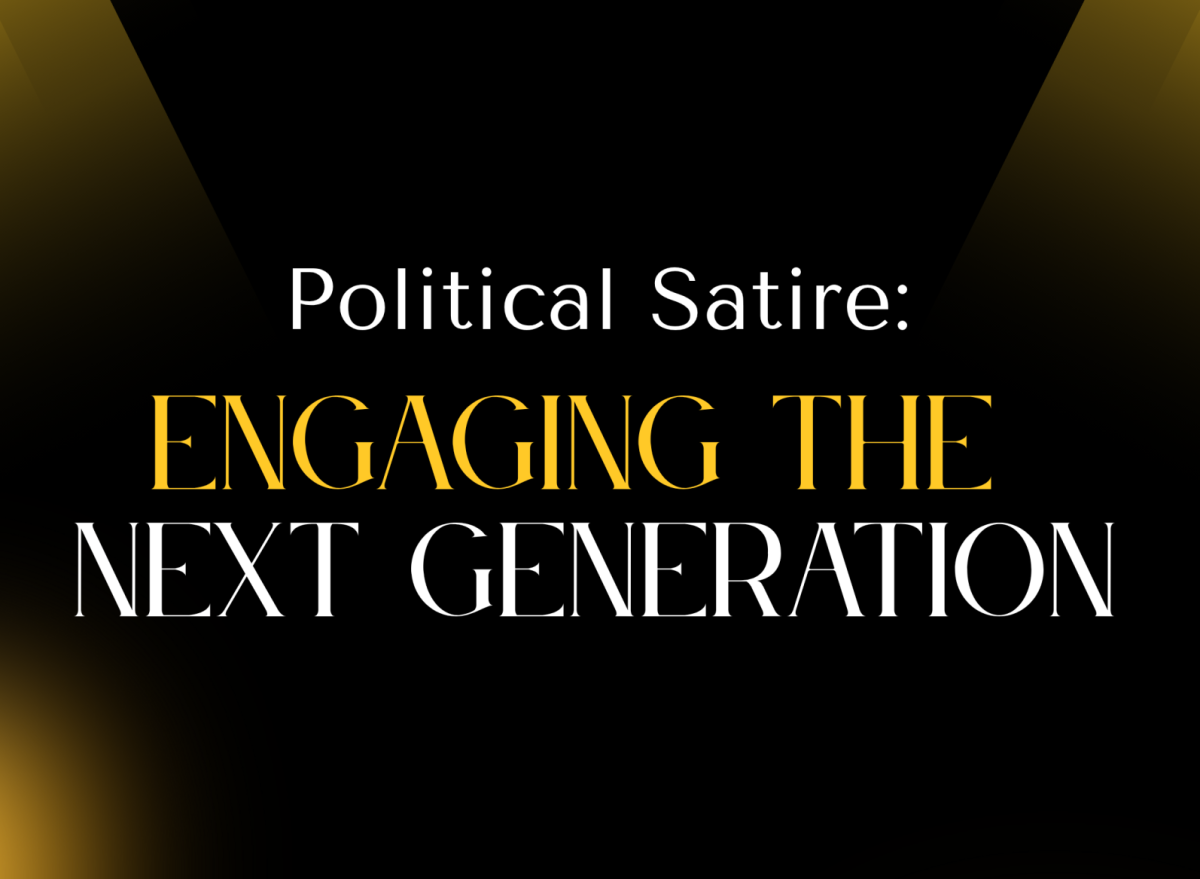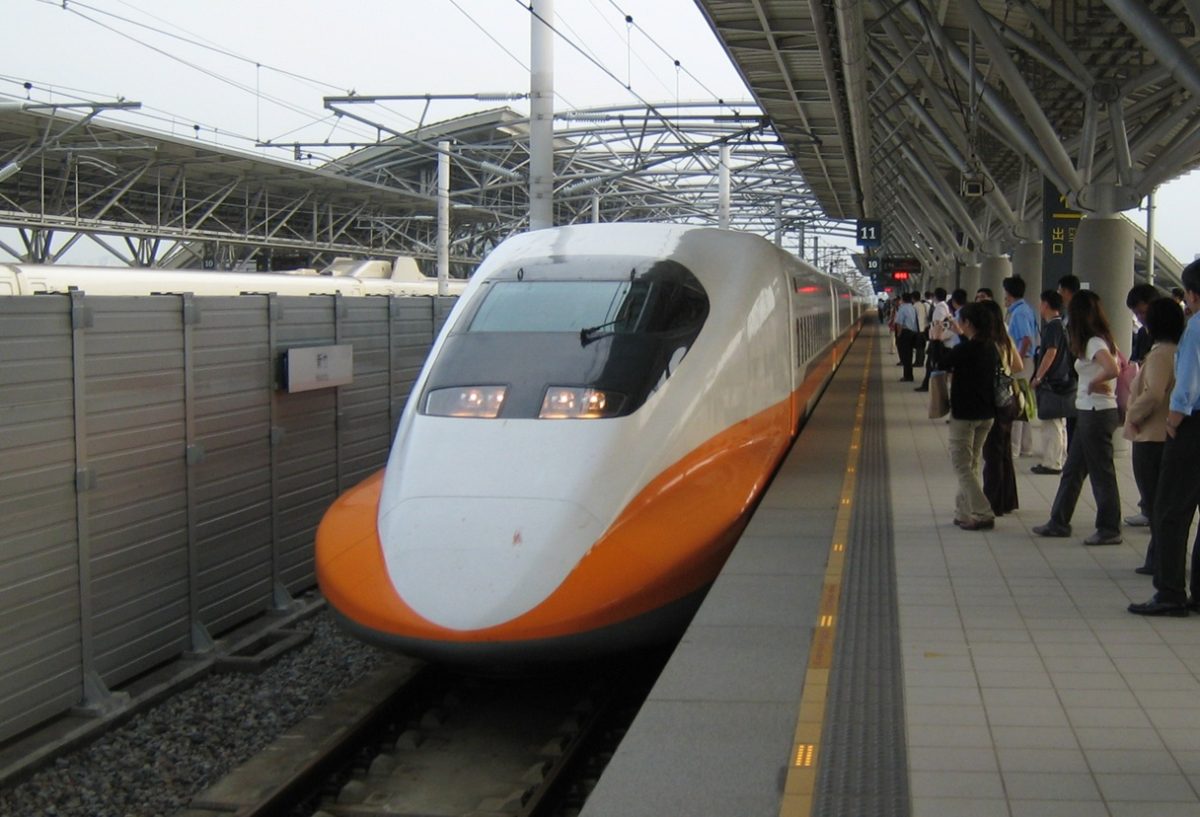The American economy has, specifically in the past two election cycles, been a massive talking point for Republicans and Democrats, with both parties holding each other responsible for broader economic issues the country faces. However, these economic talking points are rarely, if ever, fully understood by the electorate. Specifically, in Republican former President and nominee Donald Trump’s case, the proposed tariffs that seem to underpin his economic agenda are still widely misunderstood by American voters. Not many people realize the actual impact these proposed tariffs would have on the American economy, much less what a tariff is. They are not simply a “sales tax”, as stated by Vice President and Democratic presidential nominee Kamala Harris during September’s presidential debate, nor are they a surefire way to revitalize American industry and reduce the national deficit, as suggested by Trump. Although Harris does advocate for tariffs and trade protectionism in some forms, her proposals are generally unremarkable, and do not underpin her economic plans in the same way they do Trump’s. In reality, tariffs are at once simpler and more complex than either candidate’s stance on them suggests. That begs the question, what would the effects of Trump’s proposed tariffs on America be?
First, we need to explain tariffs, as most Americans have an incomplete if not nonexistent understanding of them. Thankfully, tariffs are conceptually very simple. They are a customs tax or duty paid on foreign imports, as defined by the Council on Foreign Relations. Usually, tariffs are calculated based on the value of an imported good in the case of ad valorem tariffs or are flat rates based on the volume of an import in the case of specific tariffs. For example, a 5% ad valorem tariff on an imported good worth $100 would collect $5. Specific tariffs collect duties for every unit (or quantity of units) of a particular good. For example, a $5 specific tariff on foreign cars would collect $5 for every vehicle imported, regardless of the car’s market value. Exporting countries typically respond to tariffs on their goods by raising prices, meaning that while the importing government still collects a tariff, this price increase is passed along to the consumers of foreign goods. This process makes domestically produced goods cheaper than imported products, and thus theoretically more desirable to consumers. Importantly, tariffs fell out of use in the developed world due to the economic globalization that occurred in the aftermath of World War Two. This is mostly because developed countries such as the US began importing far more than they exported, instead outsourcing production and manufacturing jobs to poorer countries. Though the US has a substantial manufacturing sector, it still depends on foreign goods. According to data collected by the Washington International Trade Organization, the US currently imports around $860 billion more worth of goods than it exports. Thus, higher tariffs, which increase the prices of the goods the country depends on, became economically detrimental to countries like the US. However, throughout his political career, Trump has notably challenged this economic consensus and pushed for higher tariffs.
In the last two years of his presidency, Trump imposed around $380 billion in tariffs on products imported from China and the EU, justifying this decision by citing uneven trade deals with the US. These tariffs were broadly ineffective at helping the US economy, with the Tax Foundation calculating that the tariffs caused a loss of around 142,000 jobs and resulted in Americans paying a total of $80 billion in additional taxes. During the first year of his presidency, Joe Biden rescinded most of the tariffs on products from the EU but kept the 10% ad valorem tariffs on goods from China. Trump has indicated that he intends to continue increasing tariffs, with his current policy suggestions including a massive increase to the existing tariffs on China from 10% to 65%, as well as the introduction of a flat 10% ad valorem tariff for all imported goods. In an economy as reliant on foreign imports as the US, economists agree that the proposed tariffs seem to be a risky move. If this is the consensus, why would Trump base so much of his economic agenda around such a questionable idea?
The answer lies not only in economics but also in diplomacy, as Trump considers levying tariffs on foreign countries to be a punitive measure. Recently, he has suggested that tariffs are a way to harm countries that don’t trade favorably with the US. When explaining the proposed tariffs to supporters, Trump has indicated that countries that switch away from using the US dollar in commerce would face massive increases in tariffs on their goods, stating, “You leave the dollar and you’re not doing business with the United States, because we are going to put a 100 percent tariff on your goods”. This fits very well with Trump’s previous stances on foreign policy, where we must always put “America first”: essentially, ‘we’ as a country, must make sure that America always benefits the most in any trade agreement, and not settle for anything less than that. Trump has also frequently positioned his stance on tariffs as a way for the country to “quickly become a manufacturing powerhouse like the world has never seen before,” implying that we are overly reliant on foreign goods. Though the US is indeed very reliant on imports, it is worth noting that American industry currently accounts for 17.5% of the global GDP, trailing behind only China – though, importantly, the US manufacturing sector is primarily focused on secondary manufacturing. While the US is certainly not as dominant in the global manufacturing industry as China, we have by no means a ‘weak’ manufacturing sector. Overall, the reasoning behind his aggressive tariff policies seems somewhat faulty. Even if this is the case, it says nothing about the potential effects of these tariffs.
It is the punitive nature of these tariffs that presents the biggest issue with Trump’s proposed tariffs. The sudden and extreme shift in tariff policy that Trump has proposed, as well as the severe penalties to countries who do not trade using the US dollar, will have detrimental effects on the US economy. According to Eswar Prasad, an economist at Cornell University, “The irony is that using tariffs to punish countries that use unfair trade practices or are trying to reduce their dependence on the dollar is likely to end up hurting the U.S. economy and consumers.” This makes some level of intuitive sense: if Trump imposed tariffs in this way, foreign investors might increasingly see the US dollar’s value as shaky and subject to the whims of the President, making it significantly less valuable as a reserve currency. The fact that the US dollar is so commonly used as a reserve currency allows America to borrow money at a lower cost. If less countries use the US dollar as a reserve country, this would raise borrowing costs for the US and would increase the national deficit. If this were the only possible effect of the tariffs, then they would be a highly questionable, but potentially beneficial economic decision depending on the subsequent actions of the president and Congress. However, more problems arise when looking at Trump’s proposed 10% universal tariff specifically.
Combined with the national deficit, Trump – and the Republican Party more broadly – has claimed the cost of living to be one of the largest issues facing Americans, specifically working-class Americans, today. Despite his appeals to working-class Americans, Trump’s proposed tariffs would negatively impact the US economy in a manner that would primarily hurt these same working-class people. According to the Peterson Institute economist Kimberly Clausing, the tariffs are estimated to reduce after-tax incomes by 3.5% for half of all Americans. She explains that this decrease in income occurs since the costs incurred on businesses by the tariffs would impact the cost of everyday items increasing the annual cost of living by about $1,700. It is also highly likely that other countries will instate retaliatory tariffs on American goods in response to the sudden increase in tariffs on their goods. Clausing notes that, as retaliatory tariffs would damage the ability of American farmers and manufacturers to sell their own goods, this increase in the cost of living would primarily affect low-income families working in agriculture or manufacturing. Economists previously observed this effect with Trump’s last foray into tariff policy. The price increases that resulted from international retaliation following Trump’s 2018 tariffs were significant enough that, as Ana Swanson of the New York Times writes, “As president, Mr. Trump gave $23 billion to American farmers to help them offset losses after foreign countries imposed their own tariffs on American exports in response and U.S. agricultural exports plummeted.” Trump’s 2018 tariffs, which were significantly less harsh than the new tariffs he has proposed, caused an increase in prices for consumers and businesses that was significant enough to damage whole industries. In fact, the Tax Foundation estimates that, in addition to increasing the annual cost of living and damaging American exporters, the tariffs would cause a loss of over 600,000 American jobs. Clearly, an increase in universal ad valorem tariffs to 10% would be massively damaging to nearly every sector of the US economy.
Tariffs are instated specifically to affect the US supply chain. To Trump, these tariffs are a way to stimulate US manufacturing – though this ignores the fact that the US currently has a massive manufacturing sector. More importantly, much of the US manufacturing sector still depends on foreign goods in order to function. Thus, tariffs would more than likely hurt the US manufacturing sector, with the potential to even increase inflation, as stated by National Foundation for American Policy economist Mark Regets. “Given the same money supply, anything that hurts the production of goods and services, such as tariff increases, will be inflationary.” Essentially, if the US imports and exports fewer goods, which will be the case if these tariffs are passed, inflationary pressure will be impacted, causing price increases and widespread inflation as businesses try to maintain their margins. It’s possible to predict the amount of inflation that would result from these proposed tariffs, with analysts at TD Securities predicting that the “10% universal tariff would increase inflation by 0.6 to 0.9 percentage points”. This increase in inflation will have broader consequences on the growth of the US economy. The report by TD Securities goes on to say that, “Combined with Trump’s plans to restrict immigration…the tariffs would reduce growth by 1 to 2 percentage points, potentially tipping the economy into a recession.” The American economy is extremely dependent on foreign imports. Whether or not the tariffs would cause American manufacturing to grow stronger and less dependent on imports in the long term is both debatable and irrelevant. The immediate effect of these tariffs would assuredly be negative, with effects spanning from a few thousand lost jobs, all the way up to higher inflation, spiked annual cost of living, and a potential national recession. There are better ways to strengthen American industry without incurring so much collateral damage.
Trump’s rhetoric around trade protectionism is based on the flawed idea that we need to always prioritize American interests above all else, even in international trade. It should be obvious by now, but protectionism actually runs counter to the goal of strengthening the American economy. Protectionist trade policies, especially in our modern globalized economy, would be potentially catastrophic. While tariffs would technically draw in revenue for the US government, their widespread implementation would also destabilize the economy through massive price increases. The resultant increases in the annual cost of living and inflation would decidedly not be worth it. Given how destructive these tariffs have the potential to be, it is important to make sure that American voters are educated on these issues so that they do not elect a candidate who may accidentally destroy the American economy.







